African killer pond: Lake Nyos accounts for 1,800 human casualties
Categories: Africa | Catastrophes
By Pictolic https://pictolic.com/article/african-killer-pond-lake-nyos-accounts-for-1800-human-casualties.htmlLake Nyos, located among the Massif du Mbam Mountains in the north-eastern part of Cameroon, was considered by the locals for centuries to be fertile and life-giving. Still – this large reservoir, located in the crater of a dormant volcano, gave the people of the surrounding villages exceptionally clean water and an excellent catch of fish. But one day everything changed: the lake turned into a merciless killer. A cloud of choking gas passed along the coast and killed about 1,800 people.
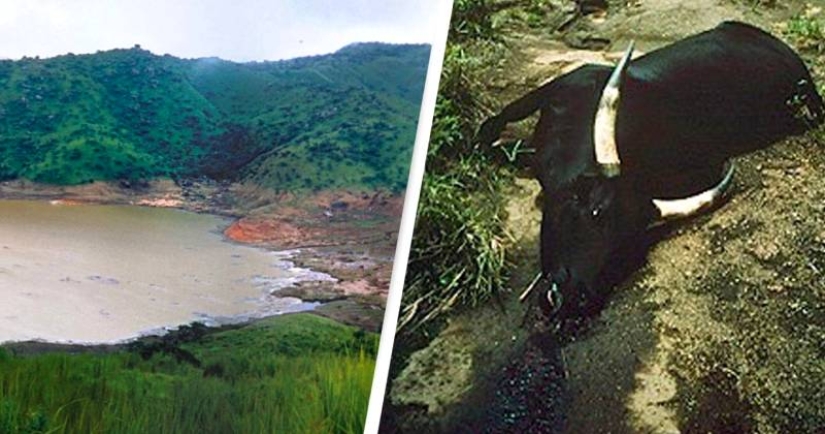
One of the most mysterious natural disasters in history occurred on the evening of August 21, 1986. People in the settlements on the shores of Lake Nyos were having dinner and getting ready for bed after a hard day's work. A sudden dull rumble that came from the direction of the lake at exactly 21.30, alerted everyone who was still awake-previously, people had not heard such sounds. In just a few minutes, almost all the inhabitants of the village closest to the shore, which bears the name of the lake, were dead.
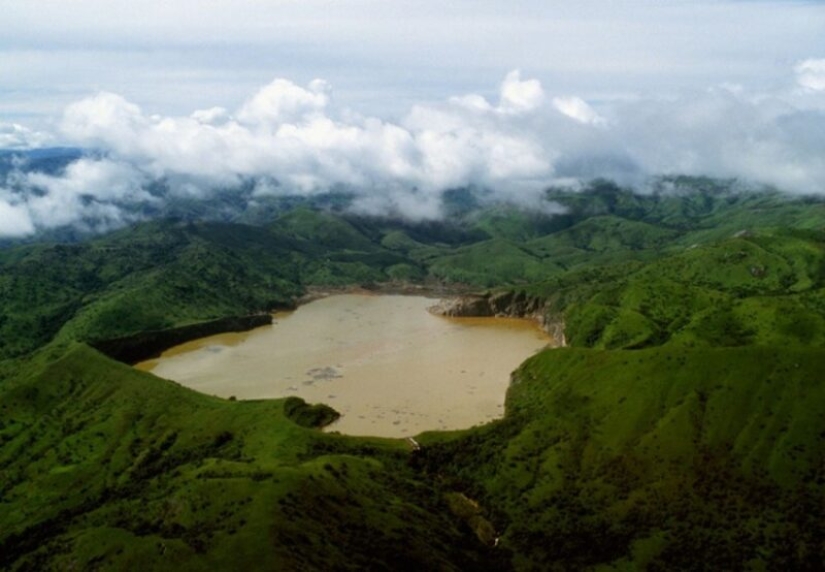
The man who came to Nyos village on business the next morning was dumbfounded. He saw streets littered with the corpses of people and animals. Dead bodies were everywhere-lying in yards, in the doors of huts, hanging over fences, and floating in ditches. In horror, the guest turned the motorcycle around and rushed for help to the village of Vum, which is eight kilometers from Nyos.
But, as it turned out, very few people needed help – when help came, many hours had passed since the death of people. Rescuers were able to find the few survivors of the disaster – those who managed to escape were burned and frightened. Most of them were unconscious.
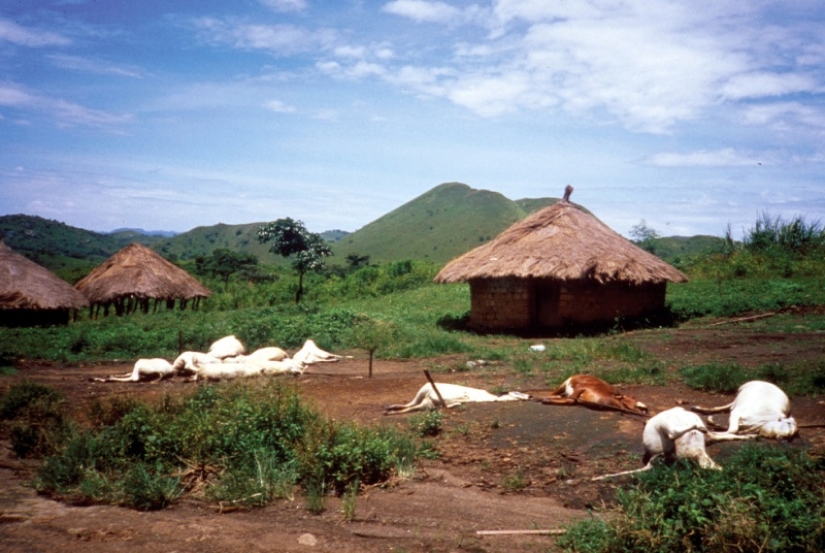
The few survivors of the disaster, who were found far from the shore, could not explain what happened – they heard a rumble coming from the lake, felt a strong heat and suffocation, and then lost consciousness. Some woke up only a day later and learned that all their relatives and friends had died. In total, about 1,800 people died. One of the eyewitnesses, David Wanbong, who miraculously survived, describes the moment of the tragedy:
Another witness, Francis Fang, saw his entire family die:
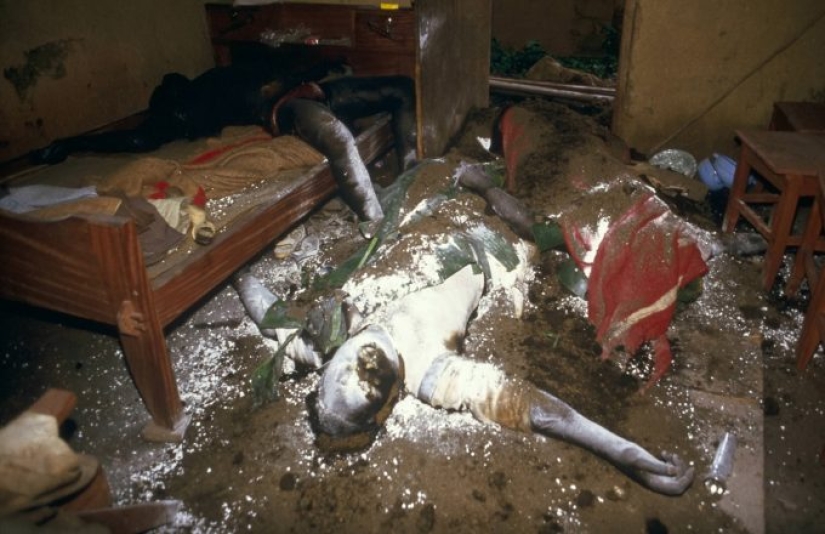
A terrible and inexplicable event on the island of Nyos attracted scientists from different countries to its shores. Their research revealed that the waters of the lake are saturated with carbon dioxide, which constantly came from the bottom of the reservoir. It was found that there was a so-called "limnological eruption". Carbon dioxide, which had been accumulating at the bottom of the lake for a long time, suddenly rose up.
The gas flow squeezed out a 90-meter-high jet of water from the lake. It was seen by several survivors of the surrounding villages. Hot carbon dioxide, escaping into the atmosphere, rushed to the shores of the lake, where unsuspecting people were resting. The flow rate was from 20 to 50 km / h, so even if they knew about the danger at the time of the release, the inhabitants of the village would not have time to leave the deadly zone.

Where the gas flow passed, the air was completely forced out, so everyone suffocated within a few minutes. Having completed its terrible mission, the cloud of gas dissipated without a trace. Scientists from the United States found that the gas continues to accumulate in threatening volumes in the depths of the lake and the disaster could happen again at any minute.
It was decided to move thousands of people out of the danger zone, which stretches for 30 km from the reservoir, and start looking for a solution to the problem. Experts from the Ministry of Mines, Water Resources and Energy of Cameroon proposed to create a complex system of pipes in Lake Nyos, which would allow controlling the release of gas to the surface. In 1990, small diameter pipes were installed in the lake, which were gradually replaced with wider ones.
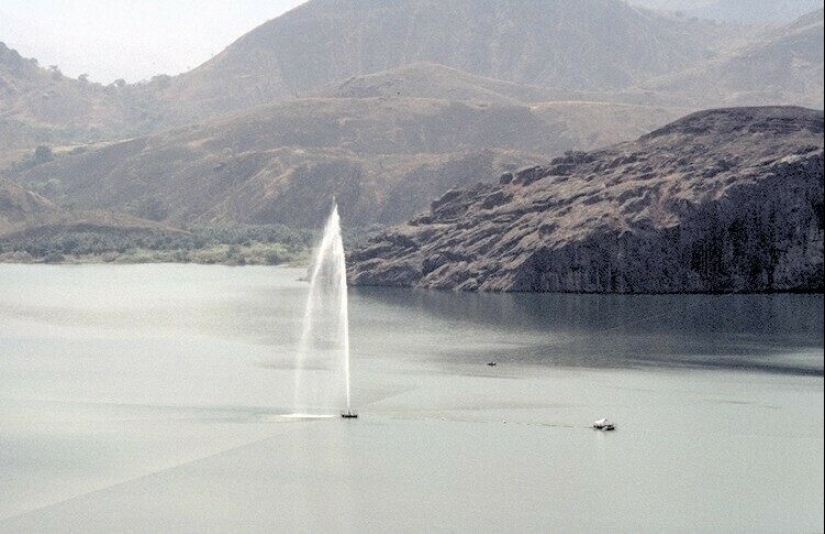
But the removal of gas through many pipes was only a temporary solution to the problem – the system could not cope. It was found that under the volcanic line, which was crowned by the crater of an extinct volcano, more than 5,500 tons of carbon dioxide accumulate annually in the magma chamber. In 2001, a new project for a gas removal system with large-diameter pipes was developed, and in 2011, scientists were convinced that it was justified. Gas no longer threatens the lives of people on the shores of the lake.
It took another five years for the level of carbon dioxide in the chambers under the bottom of the lake to reach a safe level. Then the people were able to return to their homes. Three decades after the tragedy, they had to rebuild their lives in the villages that had been empty all this time.
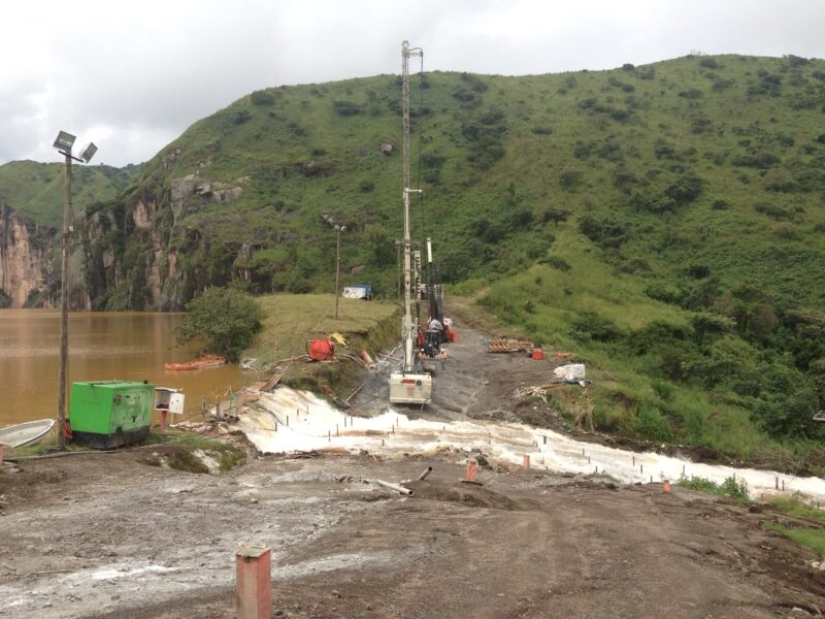
It is still unknown what caused the release of carbon dioxide from the bottom of the lake. Scientists suggest that it could be a strong gust of wind that stirred the water surface or even a large stone that fell into the lake from the shore. To understand the causes of the tragedy, the researchers had to look for information about similar cases.
It was soon established that just two years before the tragedy on Nyos, on Lake Manun, located 95 kilometers away, something similar happened. Residents of one of the coastal villages heard a rumble from the lake and soon, for unexplained reasons, 37 people were killed. The event was interpreted by the locals as a punishment sent by the gods, and did not receive wide publicity.
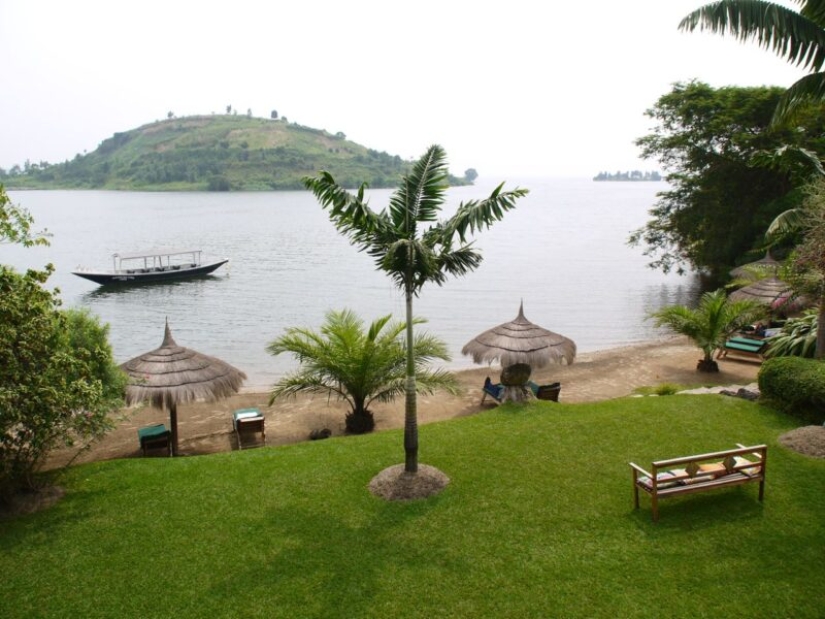
After carefully examining the African lakes, experts have determined that only three can be considered dangerous-Nyos, Manun in Cameroon and Kivu, on the border of Rwanda and the Congo. The Cameroonian lakes were equipped with gas extraction systems and were recognized as safe, but it is not so easy to deal with the Kivus.
The fact is that this lake is 1,700 times larger than Lake Nyos in area and twice as deep. About 2 million people live in the valleys surrounding Kivu, and the Rwandan Government produces methane gas in its waters. Despite the active development of deposits, no measures are being taken to degass the lake bottom, as one of the poorest countries on the planet cannot spend millions of dollars to solve the problem.
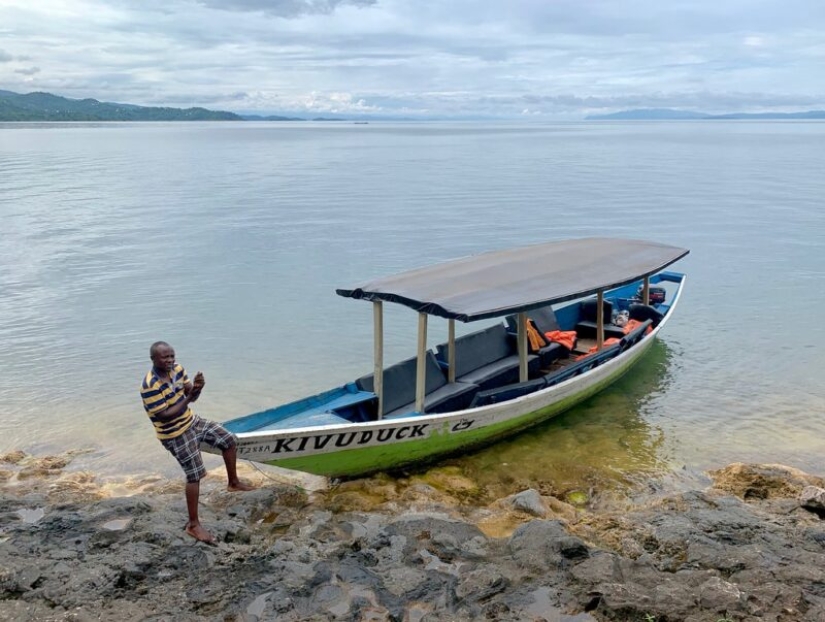
So the inhabitants of the shores of Lake Kivu continue to live in a deadly zone, risking the same fate as the Cameroonians from Nyos. The gas continues to accumulate under the lake and no one knows when it will find its way out.
Keywords: Death | Africa | Disaster | Eruption | Lake | Evacuation | Cameroon | Scientists | Poisoning
Post News ArticleRecent articles

Leonardo da Vinci was accused of being fond of orgies. William the Conqueror, despite all his successes, was called a "Bastard" ...

Modesty? Decency? A sense of tact? No, you haven't heard! Just look at what the people from the selection below are doing! No ...
Related articles

What kind of wedding traditions do not happen! The Scots pour dirty slush over the bride, some peoples of India have decided to get ...

Millions of people around the world buy lottery tickets in the hope of winning a happy life. They dream of luxury cars, luxury ...

In the 90s, The Viper Room nightclub was a favorite place of entertainment for many stars. In 1993, it was created by Johnny Depp ...

American documentary photographer Bruce Davidson came to the UK in 1960 for a couple of months on the assignment of Queen magazine. ...